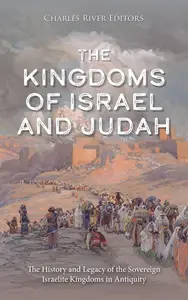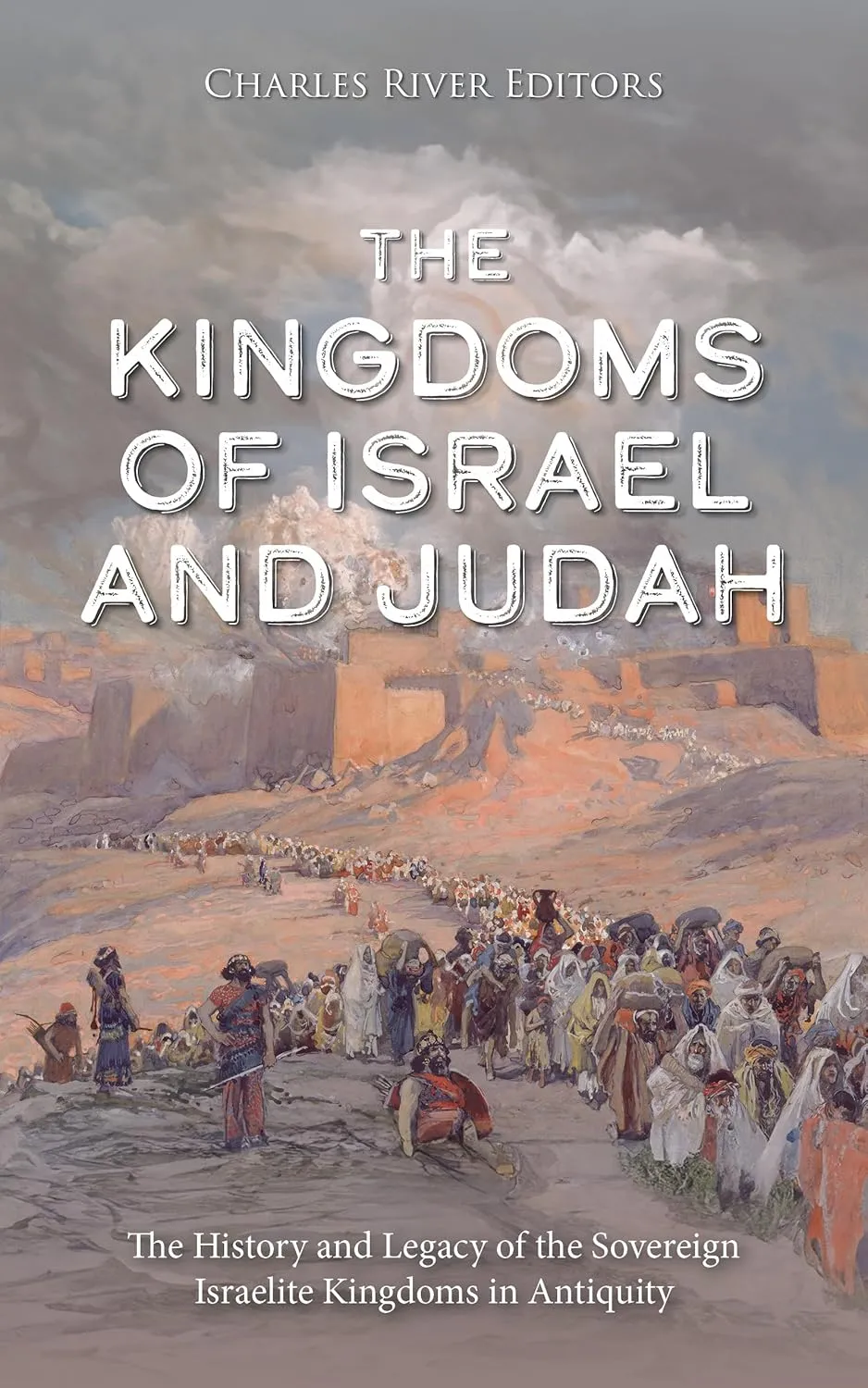The Kingdoms of Israel and Judah: The History and Legacy of the Sovereign Israelite Kingdoms in Antiquity by Charles River Editors
English | December 21, 2024 | ISBN: N/A | ASIN: B0DR7HCFZN | 77 pages | EPUB | 2.62 Mb
English | December 21, 2024 | ISBN: N/A | ASIN: B0DR7HCFZN | 77 pages | EPUB | 2.62 Mb
Before any type of unified political entity named Israel existed, the Jewish groups whose descendants would later form Israel identified themselves by their particular tribe. If asked their nationality or country of origin, they would likely identify themselves as Danites (from the tribe of Dan; Ex. 31:6) or Ephraimites (from the tribe of Ephraim; Judg. 12:5), etc. The main way to differentiate these tribes from other tribes in Canaan was their common worship of the deity YHWH, but in terms of language or other cultural characteristics, it would have been difficult to tell a Canaanite from an Israelite.
Eventually, these separate tribes united together as a type of confederation, allies who made a treaty (covenant) to provide military aid for one another when threatened by an enemy state. But it was only under the charismatic leadership of David that the 12 tribes united into a single political entity. Scholars refer to the period encompassing the reign of David and his son Solomon as the United Monarchy. This period, spanning only two generations, was the only time when all of the tribes were politically united, and after a contentious schism that resulted because the northern tribes felt exploited by the Judean kings, the northern tribes seceded from the “United Kingdom” and reverted back to the ancient northern versus southern division of the tribes. The main difference this time was that the southern kingdom now incorporated the tribe of Benjamin, located at the border between these two new nations, within its political borders. The tribe of Simeon (south of Judah) had already ceased to maintain a separate existence. The new northern kingdom adopted the name Israel, while the southern kingdom took their regional name of Judah.
The newly separated kingdoms engaged in several border disputes and skirmishes to delineate where along the northern outskirts of the territory of Benjamin the border would stand, but for the most part they remained on fairly good terms politically and even formed royal marriage alliances occasionally. Nevertheless, from that point on, the two kingdoms went their separate ways and developed separate political, economic, and religious systems.
Of course, despite its short lifespan, the United Kingdom of Israel existed for less than 500 years, but it left a legacy that reverberates throughout the world today. The Israelites developed a religion that would influence three of the world’s monotheist religions – Christianity, Islam, and Judaism – and their governments and armies would play a major role in the geopolitics of the Iron Age in the ancient Near East. The Old Testament of the Bible provides the chronological outline to examine the history of the kingdom of Israel, but historiographical and archaeological sources from throughout the Near East corroborate many of those accounts and add details and context to the overall picture. The picture that emerges of the kingdom of Israel is often more complex than most expect.
Primary sources indicate that the Israelites believed strongly in their deity but also wavered in their faith at critical times. Ancient texts and archaeological evidence also demonstrate that the Israelites were often willing to use extreme violence to conquer lands they believed were theirs, yet at the same time, they often used diplomatic means to protect and preserve their kingdom from stronger foes. Also, during that time, the Israelites were influenced by their neighbors culturally, adopting some of their ideas in the realms of art, architecture, writing, and more.
However, as important as the kingdom of Israel was for several hundred years, its lifespan was limited by its size, which was determined by its location. The Israelites were located among several different peoples, many of whom were closely related, constantly struggled with them to acquire more land, and fought to keep what they had.



